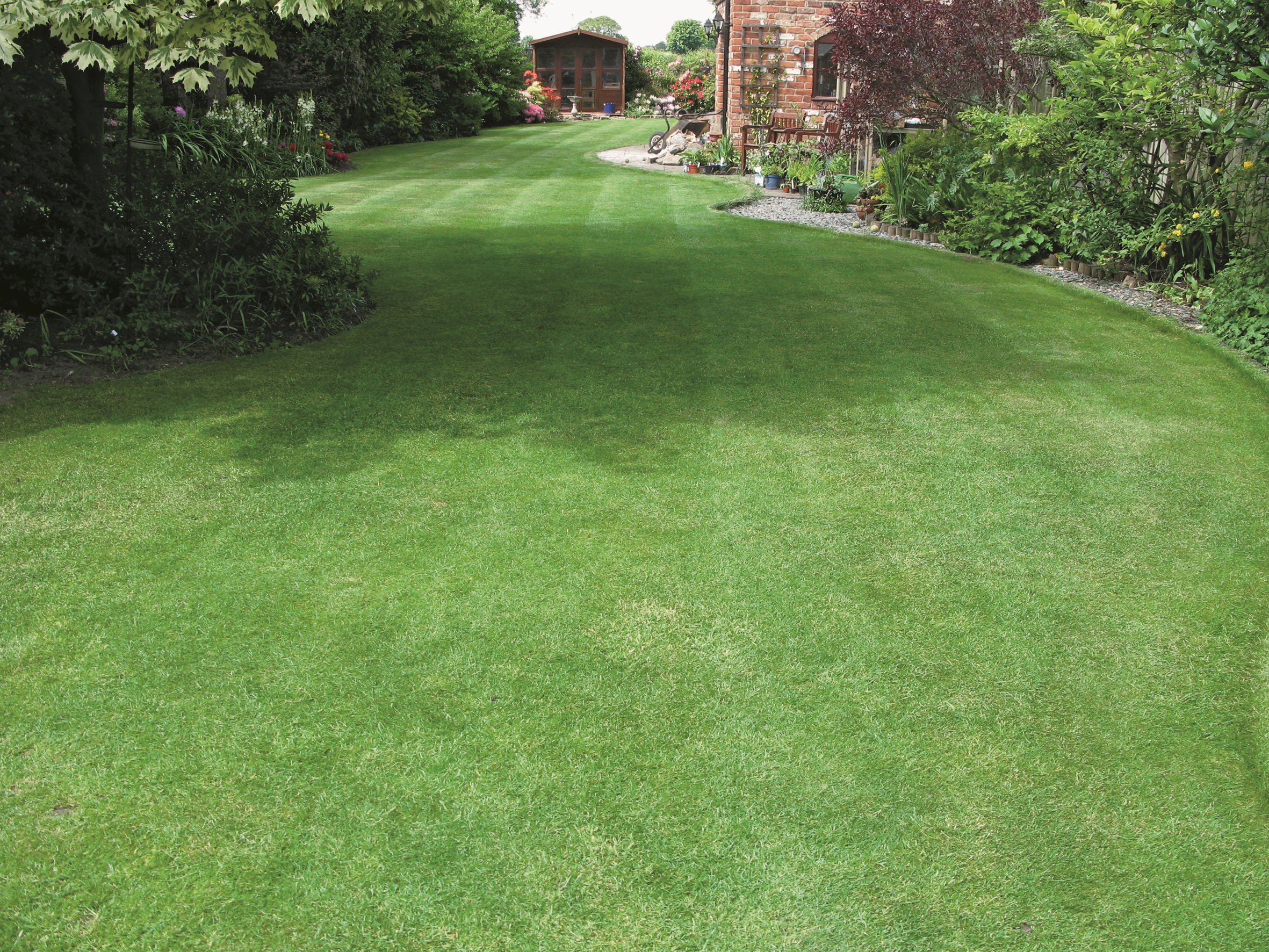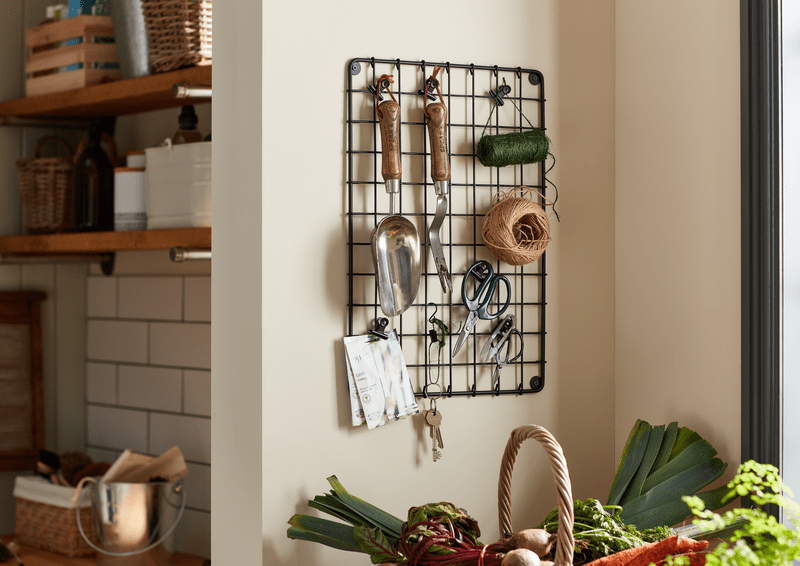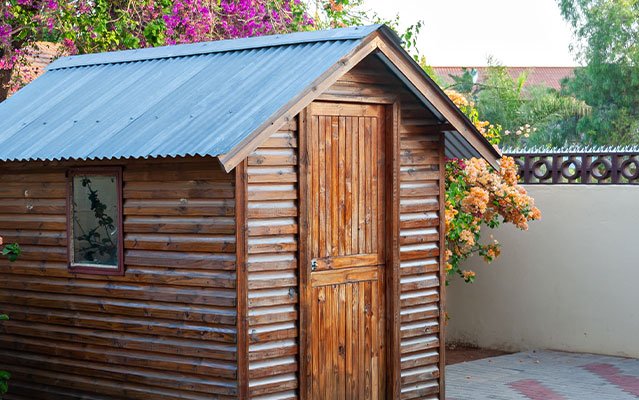Now you have all your tools and materials ready, it’s time to start leveling your lawn.
Work out why your ground is uneven
Working out why the ground is uneven is the first step of lawn leveling. Your sloping garden may stem from any one of these reasons:
- Pipes and drainage – a common cause of uneven ground is erosion. If there are water or drainage pipes under your lawn and you notice low patches occurring in a straight line, a leak could need fixing. If you think this is an issue, get a professional to check it out. The lawn may need landscaping to stop standing water from damaging your garden.
- Ground settlement – natural weather cycles and soil movement can change the ground’s surface over time. If your garden hasn’t been established for long, such as on a new build, the soil beneath may still be settling.
- People and animals – whether you take the same route to fill up the bird bath, the kids are into football, or the dog likes to roll beside the patio doors – human and animal activity will play havoc with an even lawn.
- Patchy grass – if there isn’t an even root system holding the soil in place, bald patches will occur due to the changing weather and heavy footfall, which can cause unevenness. To tackle patchy grass head-on, check out our guide on how to repair lawn patches.
When to start leveling your lawn
Get to work in the springtime, as this time of year will encourage the grass to grow quickly, and the weather should provide enough moisture for the soil to settle properly. A couple of days after rainfall or watering your lawn is about right.
Making the mix
To fill low patches, you’ll need topsoil, sand and compost in a ratio of 2:2:1 to level a lawn. For example, combine 20kg topsoil, 20kg sand, and 10kg compost. This combination provides bulk and drainage, as well as nutrients to help the grass flourish.
Determine how bumpy your lawn is
Take a close look at your lawn and get to grips with just how bumpy it is – how deep are the low spots compared to the surrounding lawn? There are two guides below. Follow the correct guide depending on the depths of your lawn lumps.
For spots 1-2 cm in depth
- Apply a layer of the mix directly to the problem area and smooth it out with the back of a rake.
- Gently compact the soil mix with your feet.
- Repeat these steps until all the cavities are nice and level.
- Let the soil settle for a few days, lightly water the area if the weather is dry and top up the soil mix if it sinks down.
- Next, scatter over an even layer of grass seed, add a sprinkle of extra soil mix and pat it down gently by hand.
- Water it lightly four times a day for the first 48hrs to encourage the seeds to germinate. Once it’s sprouted, water the young grass every day until established and fill in any bare patches by adding extra seed.
Top Tip: To water your garden, use a garden hose with a multi sprayer.










